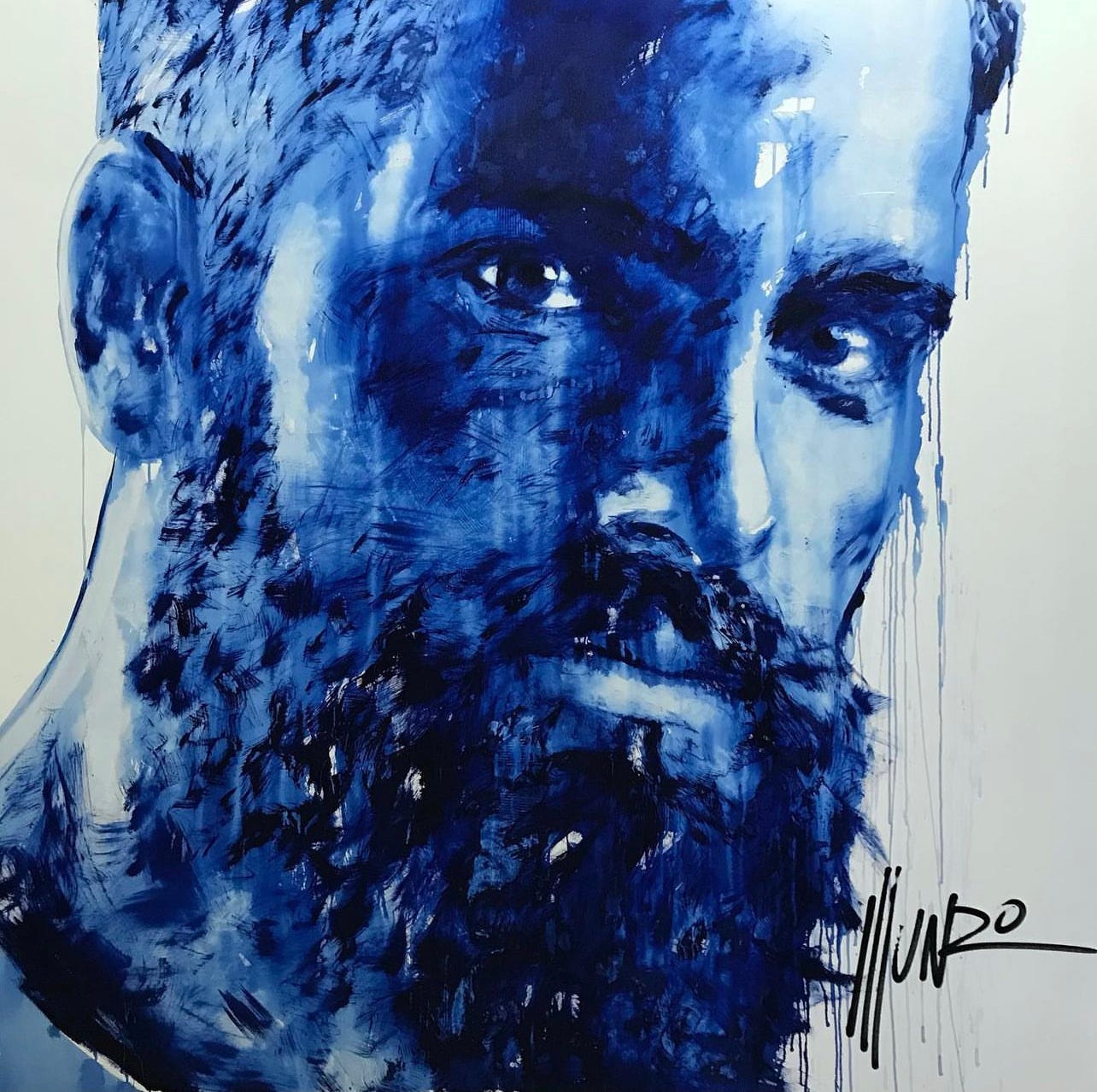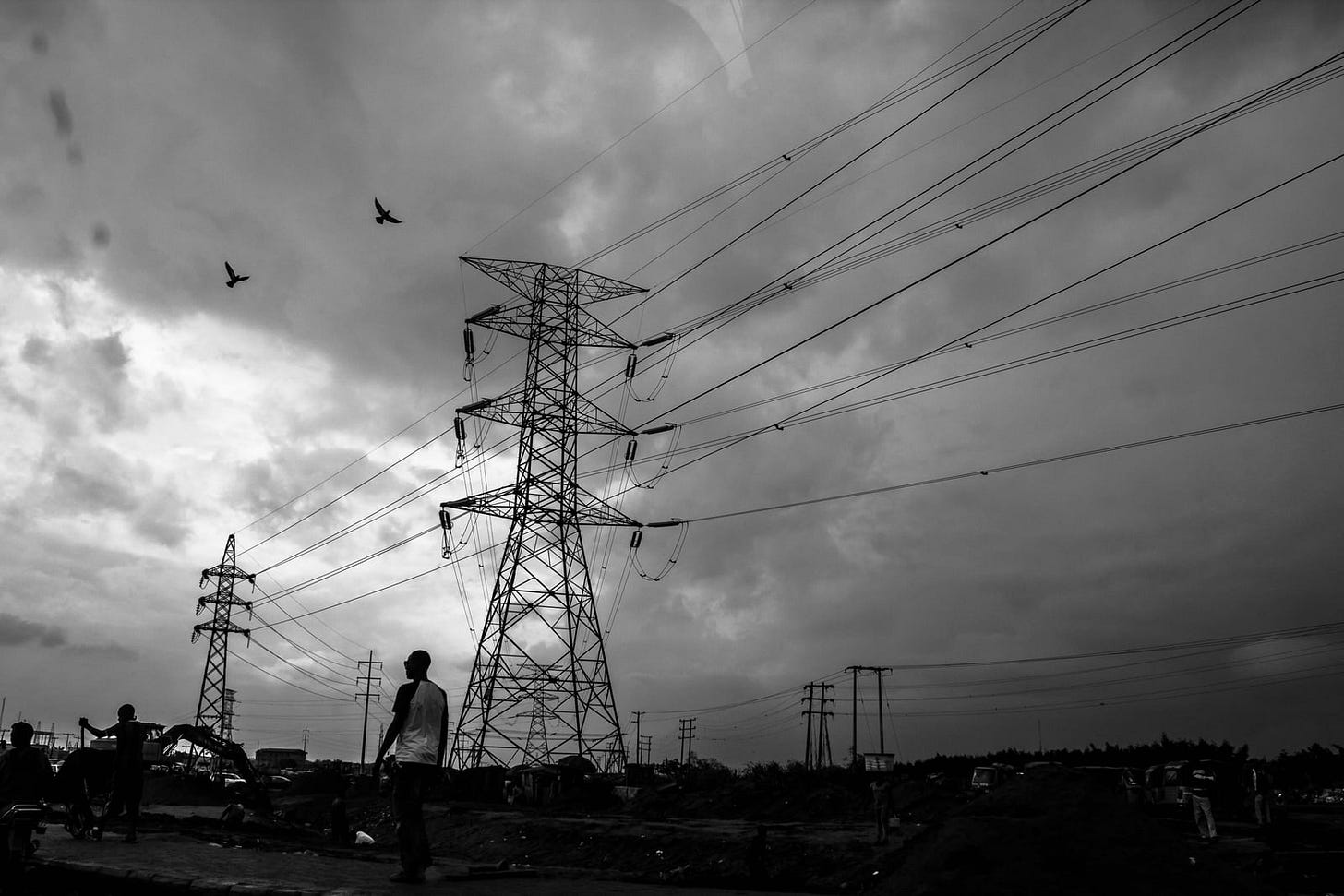Monochrome - How did it all begin?
prehistoric, Djenne Terracotta tradition, 20th century, contemporary
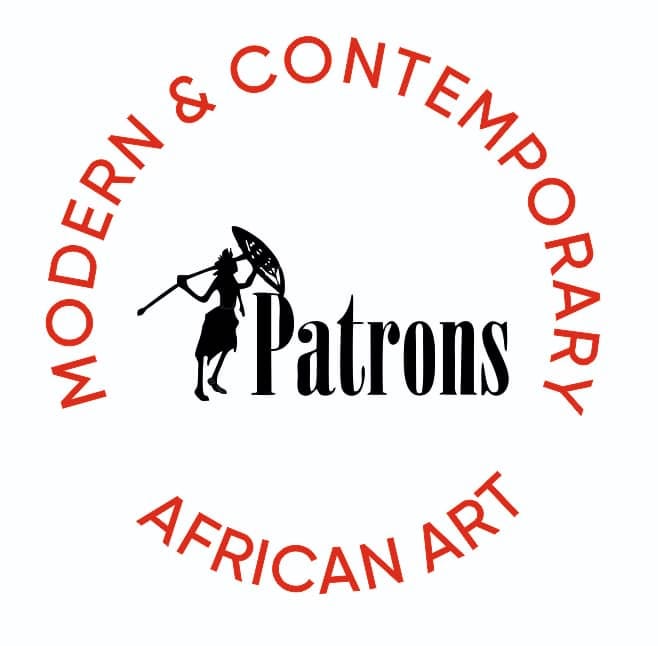
Colouring is a powerful construct.
Colour is one of the most important elements of art. It can be used to create a wide range of effects, from evoking emotions to creating a sense of depth and perspective. Artists use colour to convey their message, tell a story, or simply express their creativity.
In the hands of monochromatic artists, colours have significant impact as they can affect viewers, tell powerful stories, and alter history. This is why some artists explore possibilities through colour limitations. By so doing, they can manipulate the depths of perceptions exploring nothingness or spirituality.
What does Monochrome mean?
In direct interpretation, the word Monochrome means ‘one colour’. Monochromatic art is a type of art that uses only one colour. The art in this case could be red, blue, yellow, or any other colour, featuring only one colour but varying in how light or dark the colour is. Artists would typically use lighter or darker shades to depict recognisable shapes, objects, or patterns.
How it all began
While monochrome can exist in several mediums of art, it is most popular in paintings and drawings. In monochrome paintings, an artist would choose a single colour as its base hue. This way, only by adding white or black to this base colour can the hue be safely altered. Any additional pigment/colour would transform the colour into an entirely new colour which loses its monochromatic form. For example, say an artist chooses a blue paint for their monochrome painting, she could make it lighter to paint a blue sky, or darker to mimic a deep blue sea. However, adding green pigments would lose its ability to be referenced to as a monochrome painting. As restrictive as this may sound, great artists have made it work, creating amazing art over the centuries.
The earliest images ever made on earth were monochromatic as prehistoric paintings predate pigment technology. Interestingly, long after humans developed a kaleidoscope spectrum of colours, artists still continued working with just one colour.
In Western Art
In the 12th century, St. Bernard of Clairvaux, the head of the Cistercian monastic order, believed that colour was superfluous and over-stimulated the senses. He therefore stipulated that all decoration in his monasteries be done in black and white, in order to create a tranquil space for monks to focus on prayer and meditation. This included the stained glass and illuminated manuscripts of the monastery.
Monochrome painting, originally used for religious or monastic purposes, became a desirable art form for aristocrats and nobles of the French royal family and the Burgundian families. One of the earliest known examples is Domenico Ghirlandaio's St. Matthew and an Angel (ca. 1477), which was painted under the tutelage of Andrea del Verrocchio; the master of many Italian Renaissance artists including Leonardo Da Vinci. At least 16 of these studies survive, demonstrating how Renaissance artists used monochrome painting as an exploratory learning device.
Relevance In Africa
We will tackle this in order of how the earliest Monochrome African art dates back to.
Prehistoric times as seen in artefacts such as pottery and sculptures. In Nigeria’s Nok Culture from 500 BC to 200 AD, African artists produced terracotta sculptures with monochrome designs.
The Djenne Terracotta tradition, which flourished in Mali from the 14th to the 16th centuries, produced monochrome terracotta sculptures of animals and humans.
In the 20th century, monochrome African art experienced a revival. Artists such as Ibrahim El-Salahi and Rashid Koraïchi began to produce monochrome paintings that were inspired by traditional African art forms, such as calligraphy and pottery.
Contemporary monochrome paintings by Sungi Mlengeya, Munro, and Eric Adjetey Anang, etc.
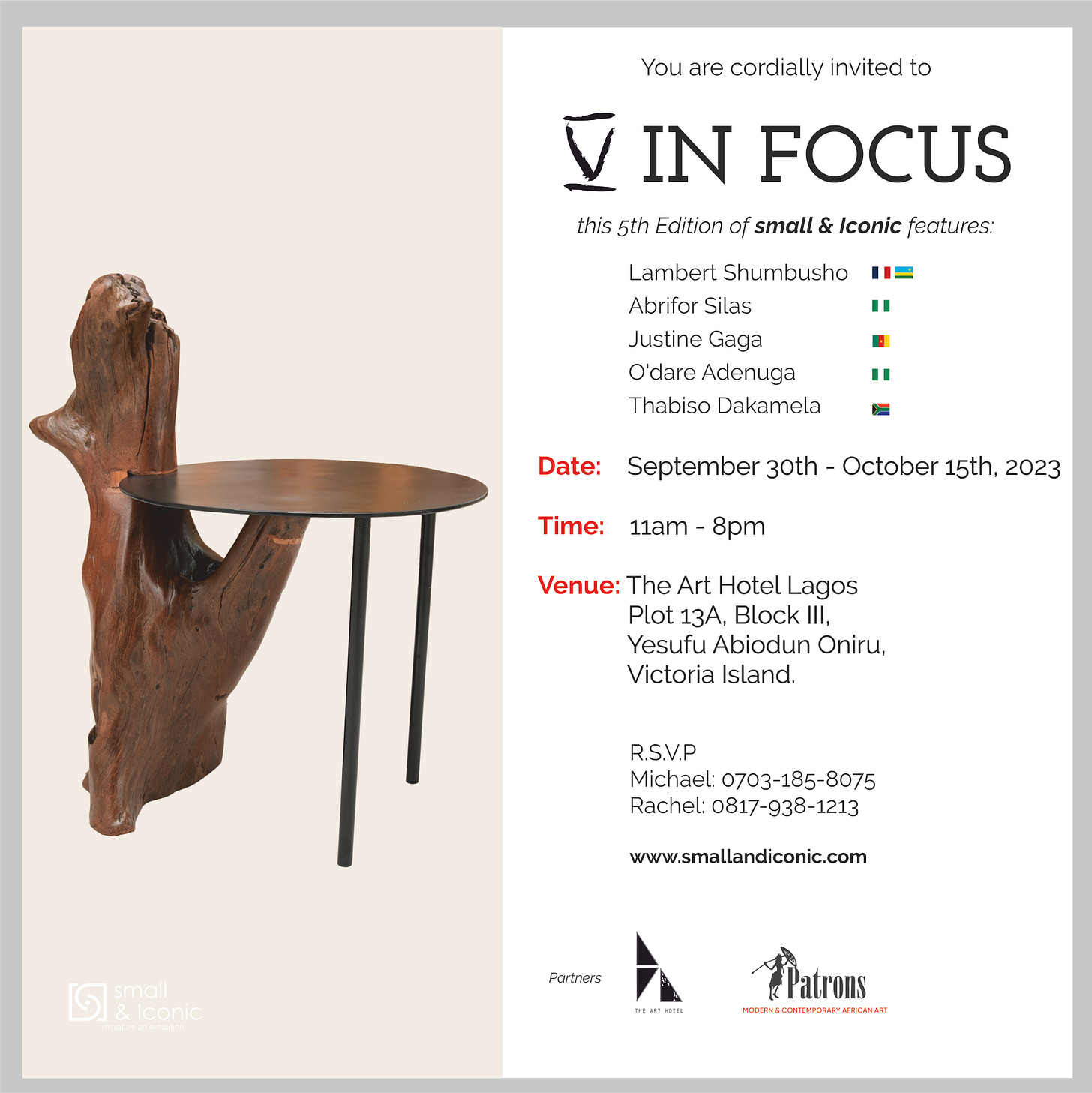
Art Index Top 5 Monochrome African Artists Pushing the Narrative
This list of Monochrome artists was juried by the Art Index Africa team taking into account their contributions to improving this art form, the uniqueness of styles and techniques used, and the stories they tell through their art.
Ibrahim El-Salahi (Sudan)
Arguably one the most important modern artist alive, Ibrahim is a pioneer of contemporary African art. His work is known for its bold use of colour and form, as well as its exploration of themes of identity and politics. Ibrahim’s monochrome paintings are particularly striking, often using shades of black and white to create a sense of drama and intensity.
Munro (South Africa)
A self-taught artist who creates stunning monochrome tondo portraits, Munro’s work is inspired by the beauty and diversity of the African people. Munro's portraits are often intimate and introspective, capturing the unique essence of each sitter.
Logor (Nigeria)
In his attempt to be distinct as an artist, Logor takes on Photography as his medium to capture the eccentricities of Lagos as his muse. He founded Monochrome Lagos to take on the role as an observer, capturing overlooked moments of Lagos—Africa’s most populated city—through his lens, known for her manic ability to go from zero to an impressive one hundred in all its aesthetics and prized jewel; human resources.
Rashid Koraïchi (Algeria)

Left to Right: Rachid Koraïchi |Sans toi, ni moi, ou l’hallucination nostalgique (Without You, or Me, or the Nostalgic Hallucination), Cet espace incrusté de nos destins (This Space is Inlaid with Our Destinies) | 1986 | Ink on clay on wood, 25 3/8 x 19 1/2 in ea. Both collection of Barjeel Art Foundation, Sharjah, UAE Rashid is a painter who creates abstract works that are inspired by traditional Islamic calligraphy. His work is often characterised by its use of bold colours and geometric shapes. Rashid’s monochrome paintings are particularly striking, often using shades of black and white to create a sense of depth and movement.
Sungi Mlengeya (Tanzania)
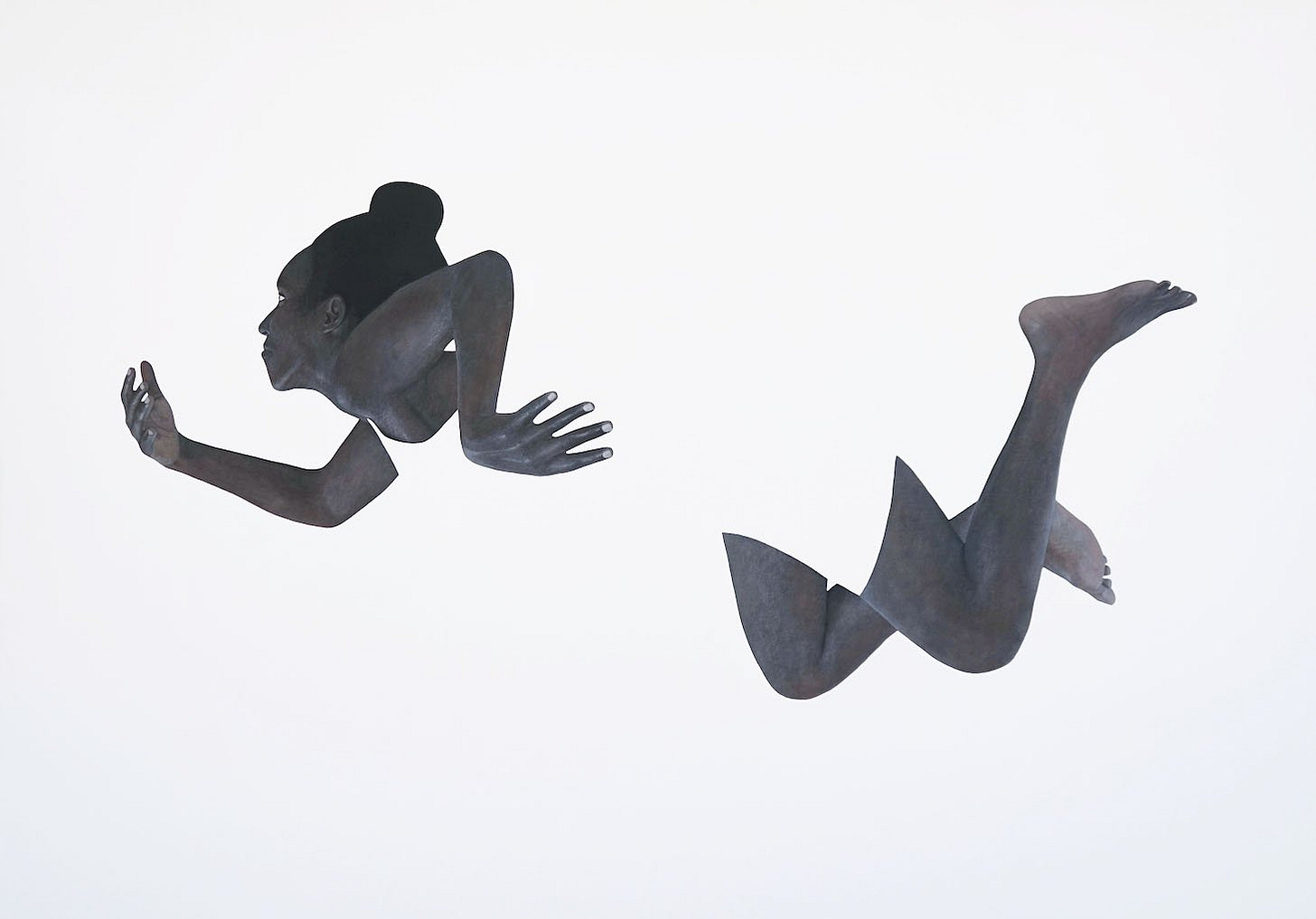
[Art Index Africa] Sungi Mlengeya | Contemplation | 2021 | Acrylic on canvas | 140x200cm. Courtesy of the Artist. Sungi is a rising star in the African art world. Her work is characterised by its minimalist black-and-white aesthetic, which she uses to explore themes of identity, gender, and sexuality. Sungi’s paintings are often stark and powerful, yet they also convey a sense of beauty and grace.
Conclusion
Today, monochrome African art is still produced by many artists. These artists use a variety of materials and techniques to create their work. Some artists use traditional African materials, such as mud and clay, while others use modern materials, such as acrylic paint and canvas.
Monochrome African art is significant because it reflects the rich and diverse culture of Africa. It also provides a glimpse into the lives of Africans throughout history. By studying monochrome African art, we can learn more about the values, beliefs, and traditions of African people.
Are there any Monochrome favourites that you feel we missed out on? Let us know in the comments section below.





